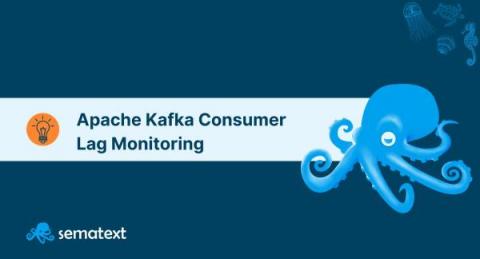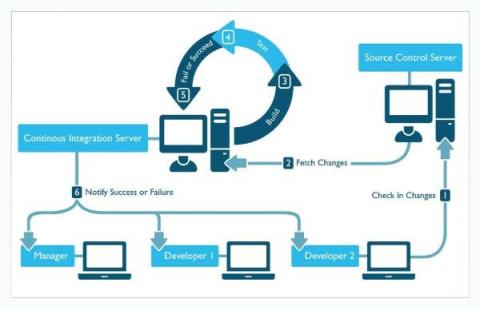Get More Value From Your Logs Without Compromising Costs
Everyone at LogDNA is (unsurprisingly) obsessed with the power of log data. It is the single source of truth for what is happening in your environment and, when used correctly, provides the insights needed to deliver better experiences. Now more than ever, people across various teams understand the value of having easy access to log data within key workflows.









